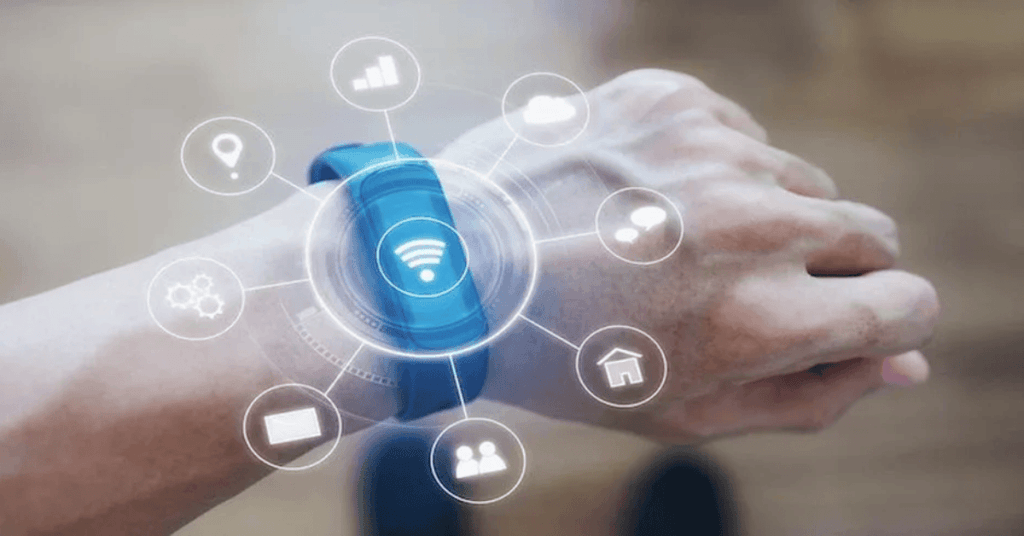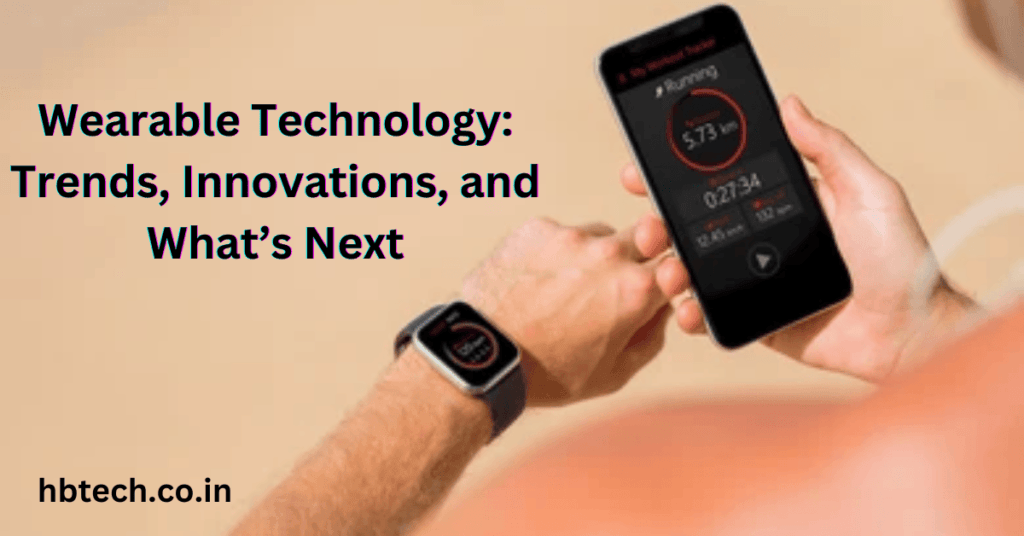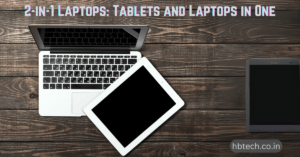
Wearable technology has come a long way from being just a novelty to becoming an essential part of everyday life. Devices like smartwatches and fitness trackers are now common , offering convenience and helping users stay connected, improve health, and track performance. With new advancements happening regularly, wearable tech continues to evolve. Let ’s take a look at the latest trends, innovations, and what the future might hold for this exciting field.
Current Trends in Wearable Technology
1. Health and Fitness Tracking
One of the biggest trends in wearable technology is health and fitness monitoring. Devices like the Apple Watch, Fitbit, and Garmin track things like heart rate, calories burned, steps taken. and even sleep patterns. These wearables give users valuable insights into their health and encourage them to stay active.
Beyond fitness, wearables are also being used in healthcare, allowing people to monitor conditions like heart disease or diabetes remotely. This means wearables are not only useful for fitness enthusiasts but also play an important role in preventive healthcare and managing chronic conditions.
2. Augmented and Virtual Reality (AR/VR)
Wearable technology is also changing how we experience augmented reality (AR) and virtual reality (VR). Devices like the Microsoft HoloLens and Magic Leap offer immersive experiences, overlaying digital images in the real world or transporting users into fully virtual environments. These technologies are being explored for use in gaming, education, and even healthcare, such as assisting surgeons during operations by showing them important patient data in real time.
As AR and VR technologies improve, we can expect wearables to become an essential tool for professionals and hobbyists alike, making everything from shopping to training more interactive and engaging.
3. Fashionable Wearables
In the past, wearables were mostly focused on functionality, but now fashion is becoming a big part of the equation. Companies like Fossil and Samsung are designing smartwatches and fitness bands that look great while offering advanced features. Wearable technology is blending seamlessly with fashion , creating stylish accessories that don’t look like gadgets but still offer the same impressive functionality.
This shift is making wearable tech more appealing to a wider audience, including those who care about both performance and appearance.
Innovations Driving Wearable Tech
1. Advanced Sensors for Better Health Monitoring
The next big thing in wearable technology is the development of advanced sensors. These sensors will allow wearables to monitor more than just steps or heart rate. We may soon see devices capable of measuring things like blood sugar levels, hydration, or even early signs of diseases like cancer or heart conditions.
This innovation could revolutionize health monitoring, giving people real- time data to manage their health more effectively and catch potential issues early.
2. Flexible and Comfortable Materials
Another exciting innovation is the use of flexible and stretchable materials in wearable tech. These materials make it possible to design devices that conform to the body, making wearables more comfortable and easier to wear. Smart fabrics, like shirts or jackets embedded with sensors, could monitor your heart rate, body temperature , and stress levels while you go about your day, without you even noticing.
This means wearables could eventually become as natural to wear as regular clothing, without sacrificing comfort or functionality.
3. Faster Connectivity with 5G
The rollout of 5G networks is set to make wearable tech faster and more efficient. 5G will allow wearables to send and receive data more quickly and with lower latency, meaning devices can provide instant updates and insights. This will improve everything from real-time fitness tracking to video calls and augmented reality experiences.
With 5G, wearables will become even more integrated into daily life, communicating with other devices and systems to create smarter homes, workplaces, and cities.
Next for Wearable Technology
The future of wearable technology looks bright, with exciting innovations on the horizon. As technology continues to evolve, we can expect to see wearables become even more powerful and versatile. Some potential future developments include;
- Brain-Computer Interfaces: Devices that can connect directly to the brain, allowing users to control technology with their thoughts.
- AI-Powered Wearables: Wearables with artificial intelligence (AI) could offer even more personalized experiences, helping users make better decisions based on real-time data.
- Smart Clothing: In the future, your clothes might be able to do more than just keep you warm. With embedded sensors, your clothing could monitor your health, change color based on your preferences, or even adjust the temperature.
- Better Battery Life and Solar Power: One of the main challenges for wearable tech is battery life. Future devices could use solar power or more efficient batteries to last longer, reducing the need for constant charging.
Wearable technology is no longer just a trend; it’s here to stay. With innovations in health monitoring, AR/VR, fashion, and materials, wearables are becoming more advanced and useful every day. In the future, wearables could change the way we interact with the world around us, offering personalized experiences that improve our health, productivity, and quality of life. The possibilities are endless, and the future of wearable technology is sure to be exciting.
Frequently Asked Questions(FAQs)
What are wearable technologies?
Wearable technologies are devices that can be worn on the body, such as smartwatches, fitness trackers, AR glasses, and smart clothing. They are designed to monitor health, enhance connectivity, and offer functionality in a portable form.
How do wearable devices track health and fitness?
Wearable devices track health and fitness by using sensors to measure activities like heart rate, steps, calories burned, sleep patterns, and more. Some advanced wearables can even monitor blood oxygen levels, blood sugar, and other key health metrics.
What are some examples of wearable devices?
Common examples of wearable devices include smartwatches (e.g., Apple Watch, Samsung Galaxy Watch), fitness trackers (e.g., Fitbit), augmented reality glasses (e.g., Microsoft HoloLens), and smart rings (e.g., Oura Ring).
How is wearable technology used in healthcare?
Wearable devices are increasingly used in healthcare to monitor chronic conditions, track physical activity, and provide real-time health data. They allow patients and healthcare providers to keep track of vital statistics remotely, improving preventive care and disease management.
What are the benefits of wearable technology?
The main benefits of wearable technology include enhanced health and fitness monitoring, improved connectivity, convenience, and the ability to receive real-time data insights. They also offer personalized experiences, such as fitness goals or medical alerts, and help users stay on top of their health and performance.
How is augmented reality (AR) used in wearables?
Augmented reality (AR) is being integrated into wearable devices like AR glasses, which overlay digital information onto the real world. This technology is used in industries such as gaming, healthcare (e.g., for surgeries), and education, offering immersive and interactive experiences.
What new innovations are coming in wearable tech?
Innovations in wearable technology include advanced sensors for monitoring more health metrics, flexible and stretchable electronics that make devices more comfortable, and 5G connectivity for faster data transfer. We can also expect to see AI-powered wearables and even smart clothing that adapts to the wearer’s needs.
What role does 5G play in wearable technology?
5G technology enhances wearable devices by providing faster data transfer, low latency, and better connectivity. This allows wearables to provide real-time insights, improve AR/VR experiences, and connect with other devices seamlessly, creating smarter environments.
What does the future hold for wearable technology?
The future of wearable technology includes even smarter devices, such as brain-computer interfaces, AI-powered wearables, and smart clothing. Battery life is expected to improve, with some devices incorporating solar power for longer usage. The integration of wearables into everyday life will continue to grow, revolutionizing personal health, productivity, and entertainment.









